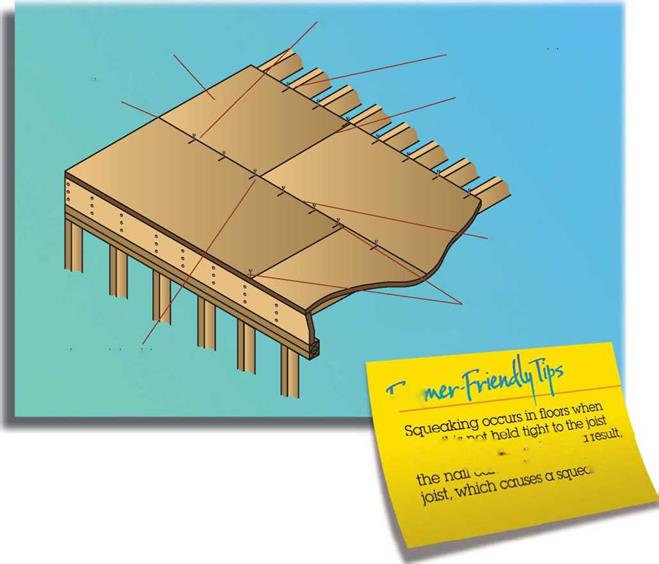The ancestral principles of use of the Nile
An irrigation technique that is natural for the regimes of the Nile develops in the
IIIrd millennium BC. The flood regime of the Nile is quite regular in time, from June to October, but is obviously of quite irregular magnitude. The earliest agriculture consisted quite simply in planting seeds in the moist soil fertilized by silty flood deposits. But a flood of small magnitude inevitably precedes a year of famine:
“I was in mourning on my throne, Those of the palace were in grief… .because Hapy had failed to come in time. In a period of seven years, Grain was scant, Kernels were dried up…Every man robbed his twin…Children cried…The hearts of the old were needy…Temples were shut, Shrines covered with dust, Everyone was in distress..”
“My heart was greatly troubled for the Nile did not...
read more






 7. Start second row with half sheet so ends will be staggered.
7. Start second row with half sheet so ends will be staggered.

